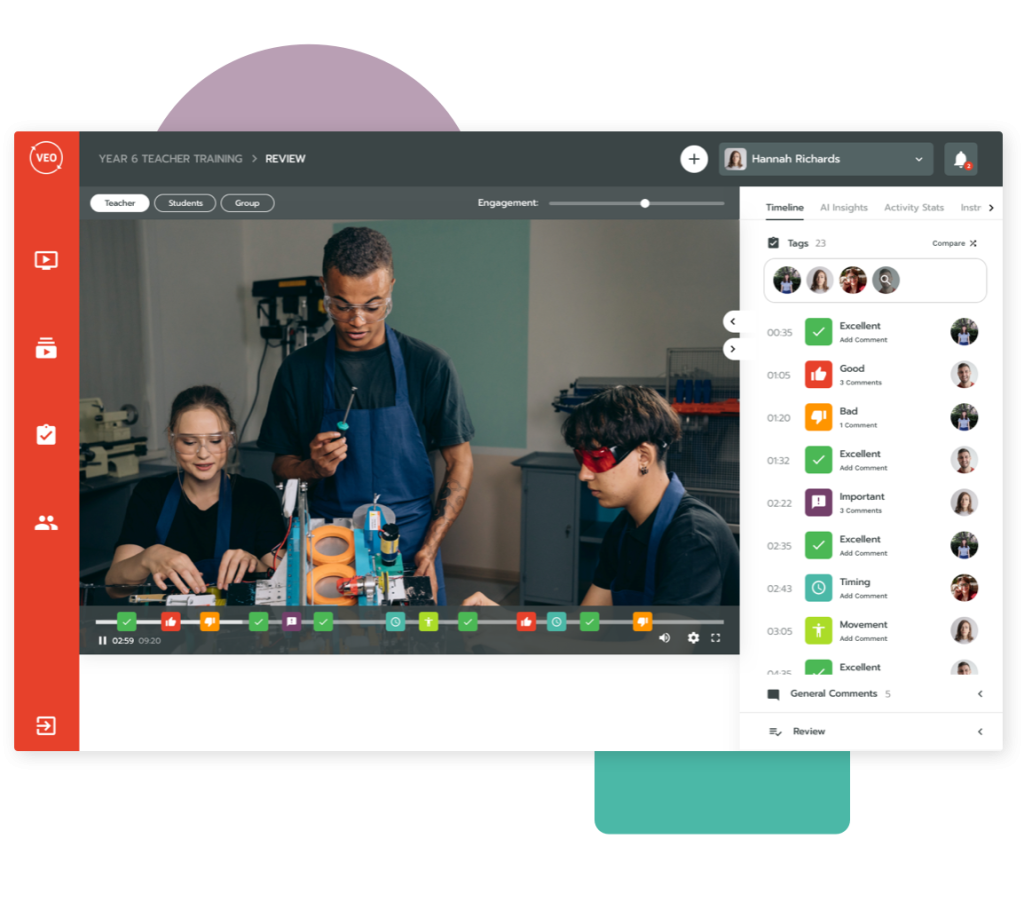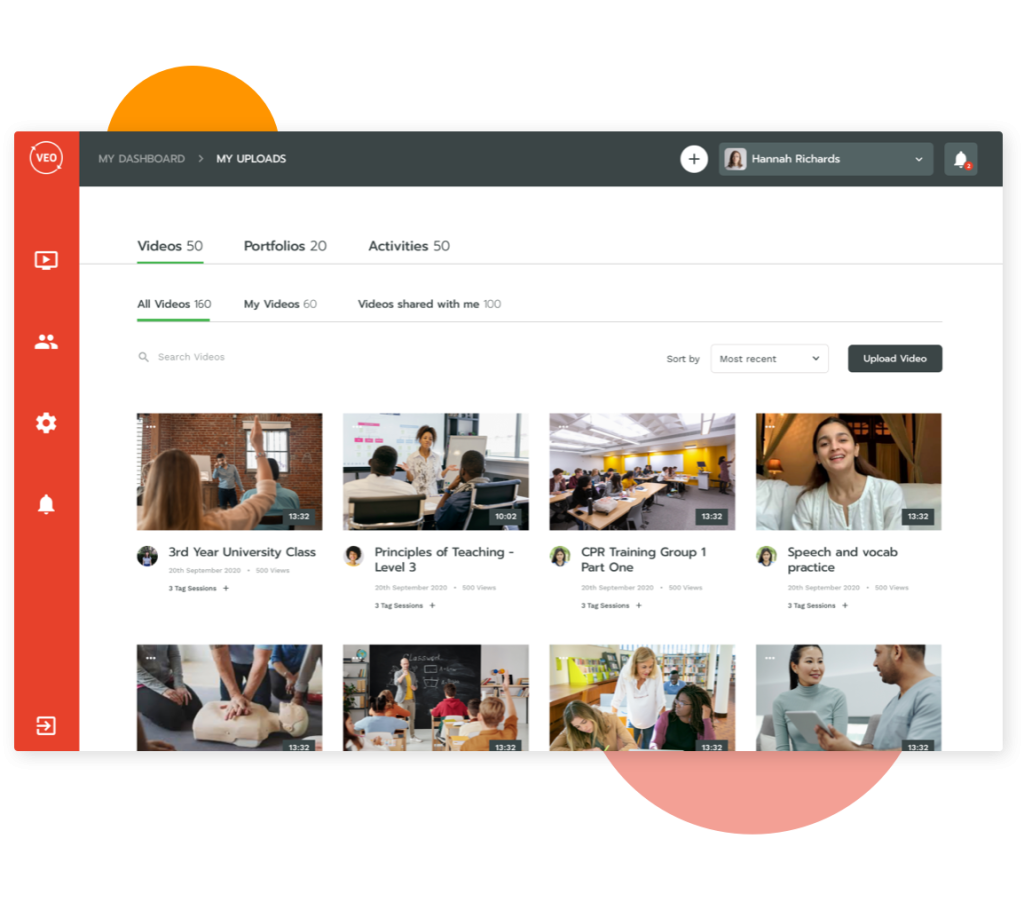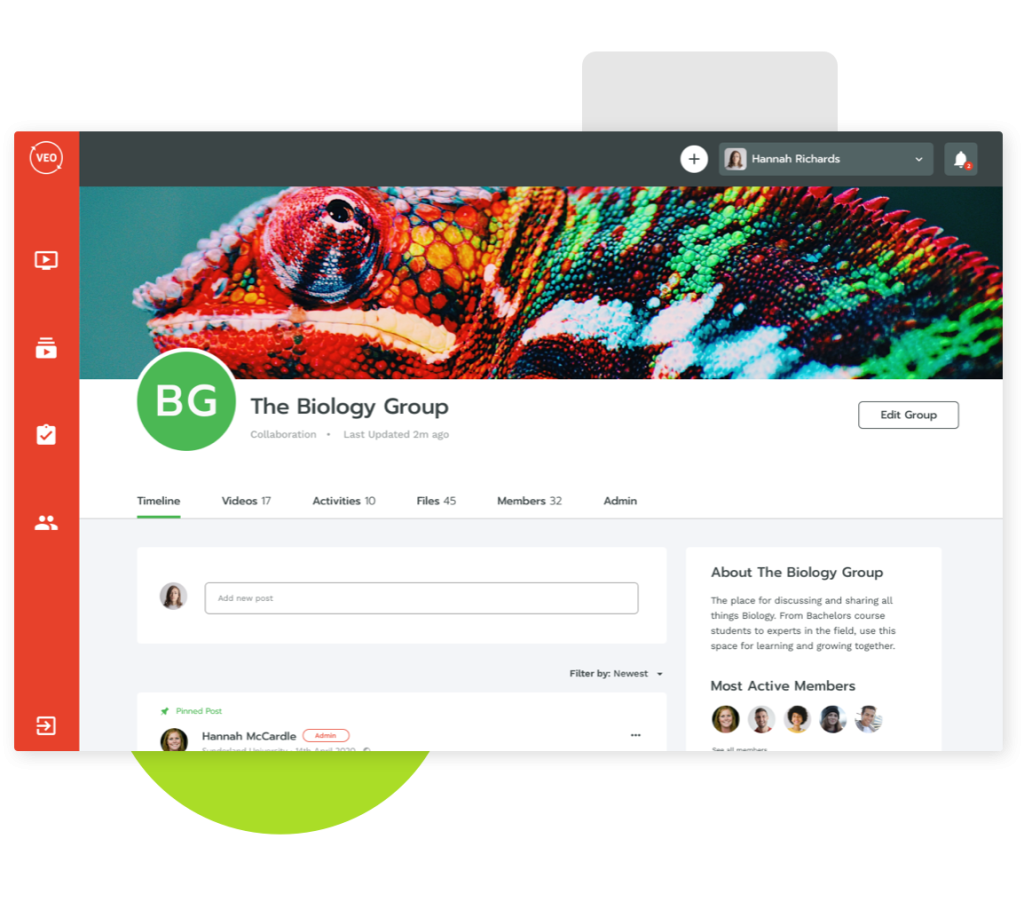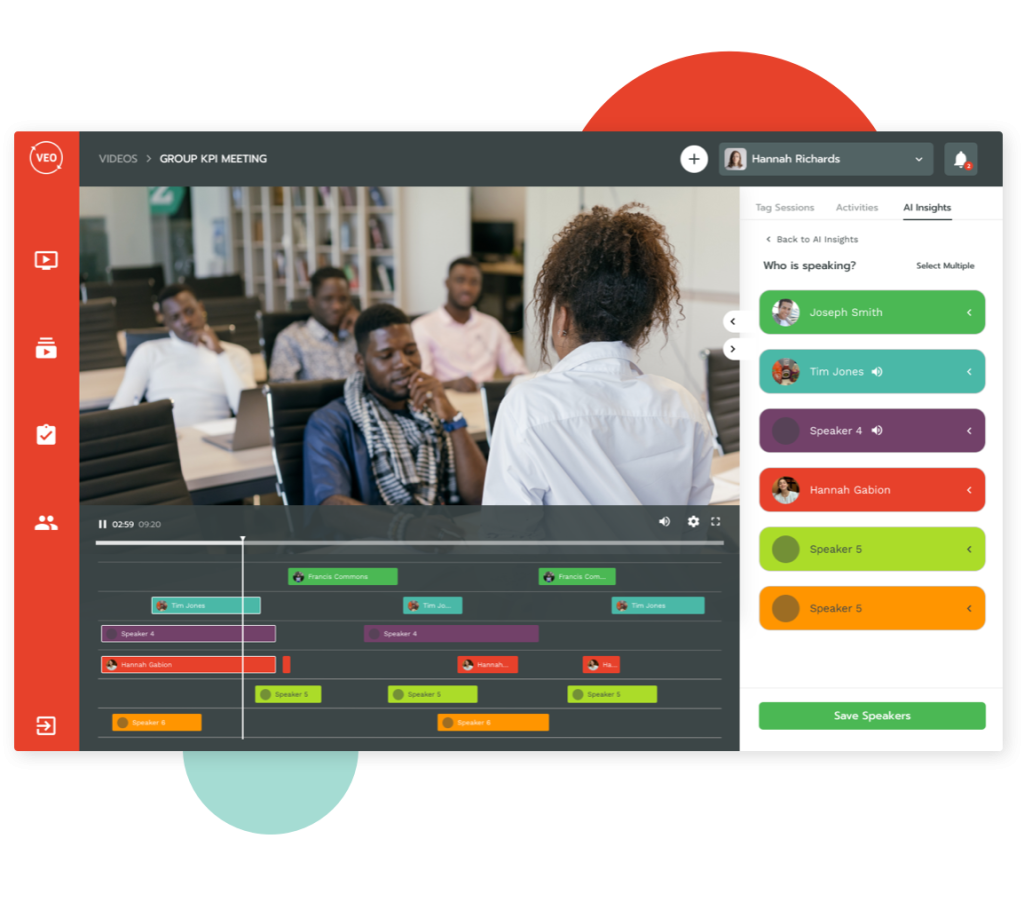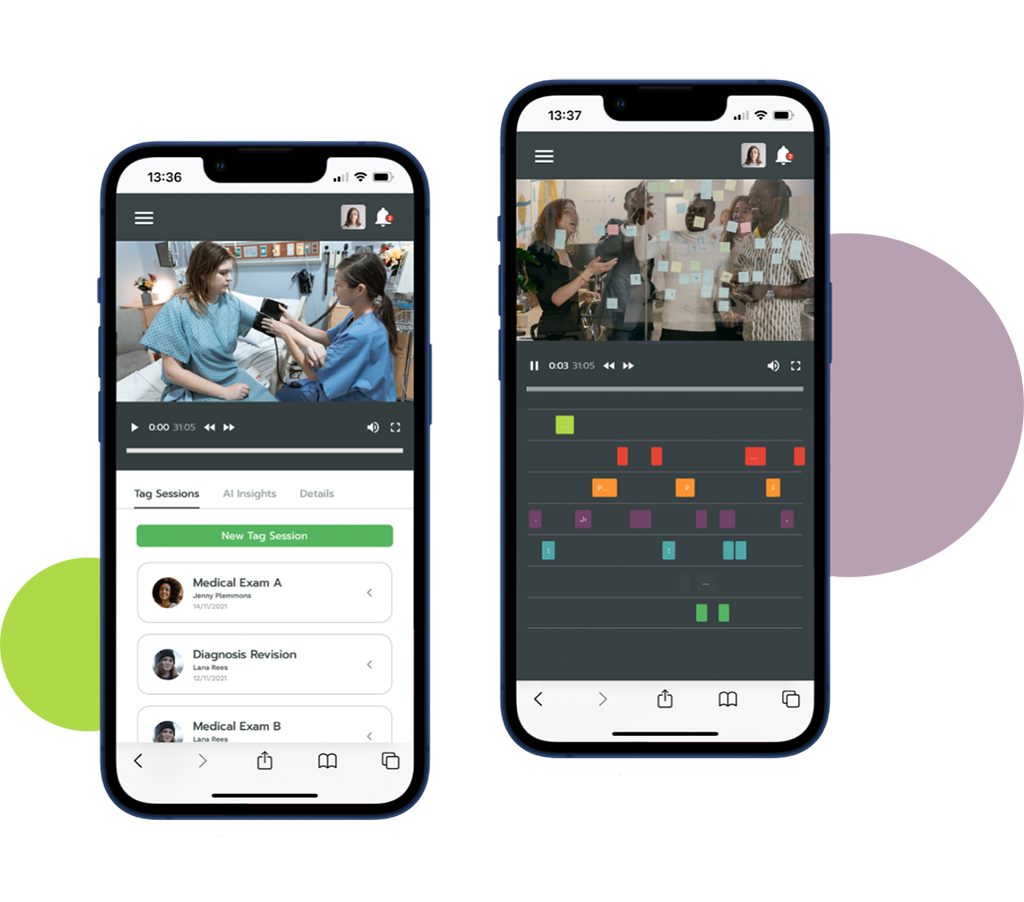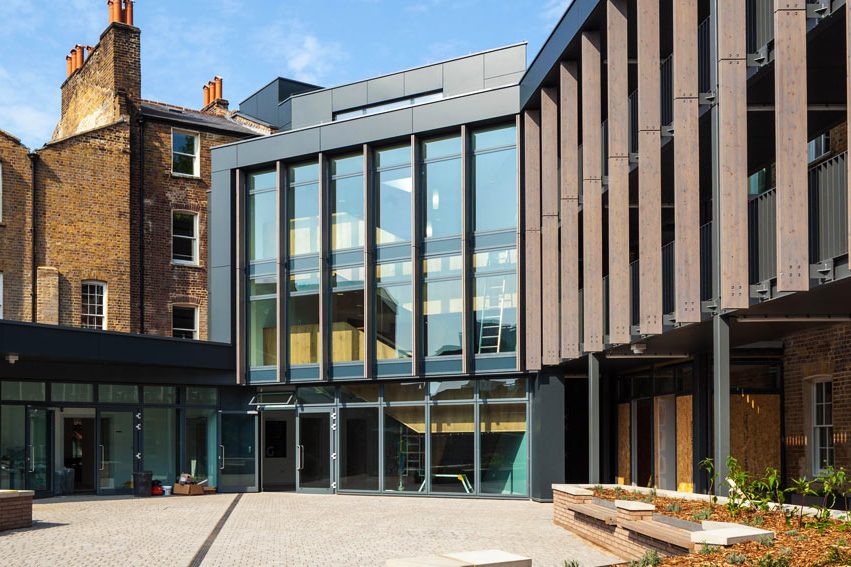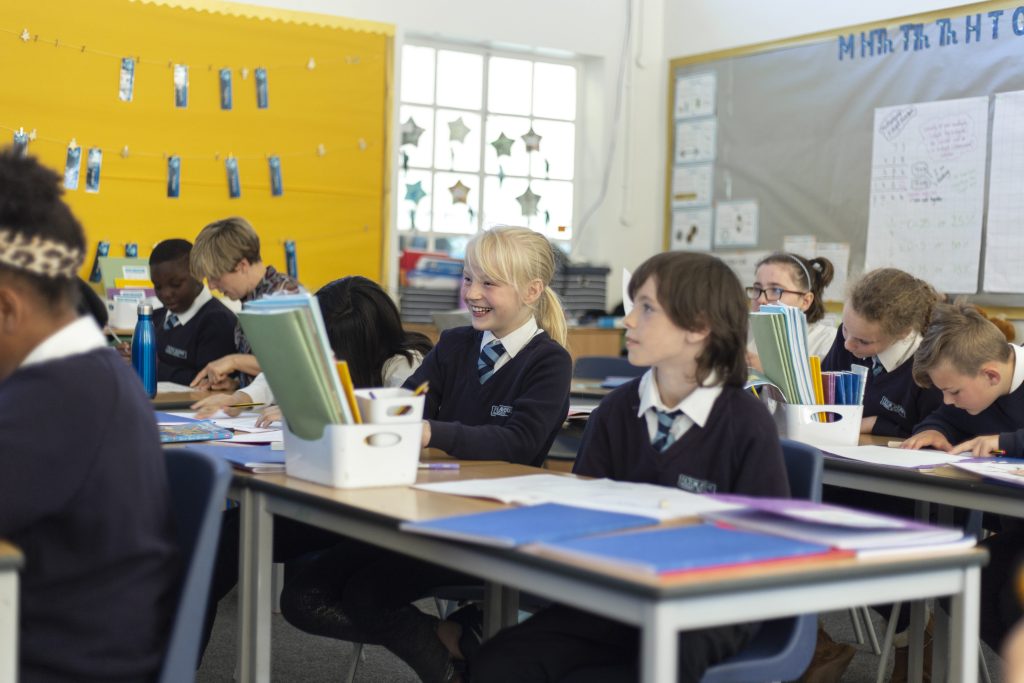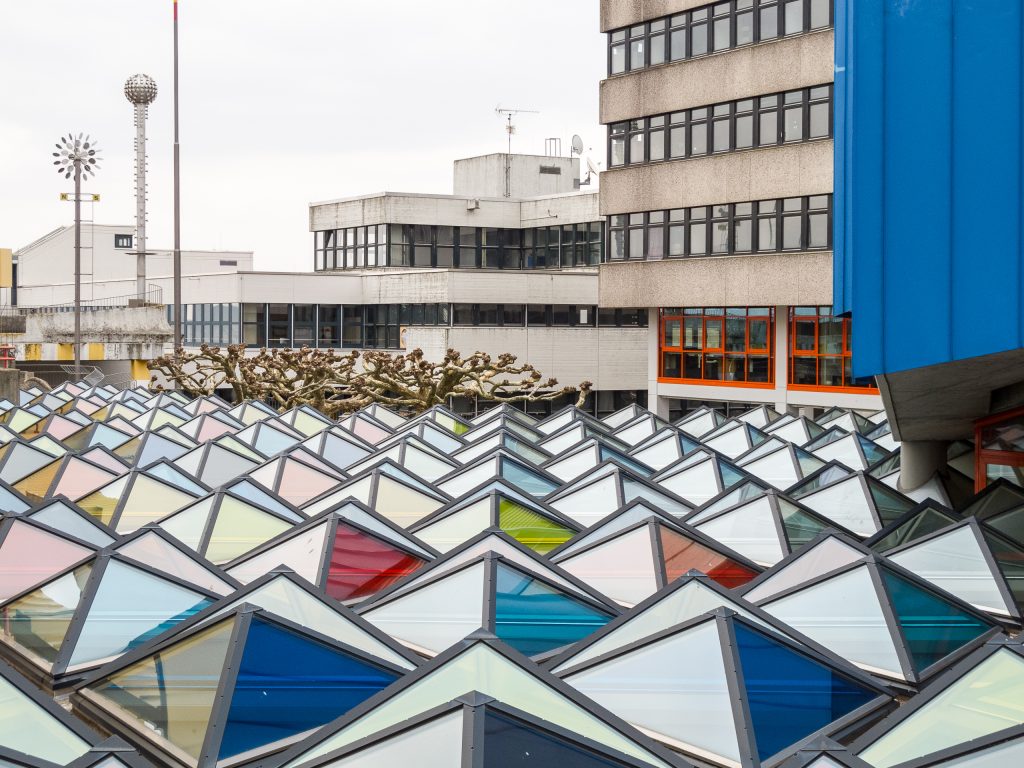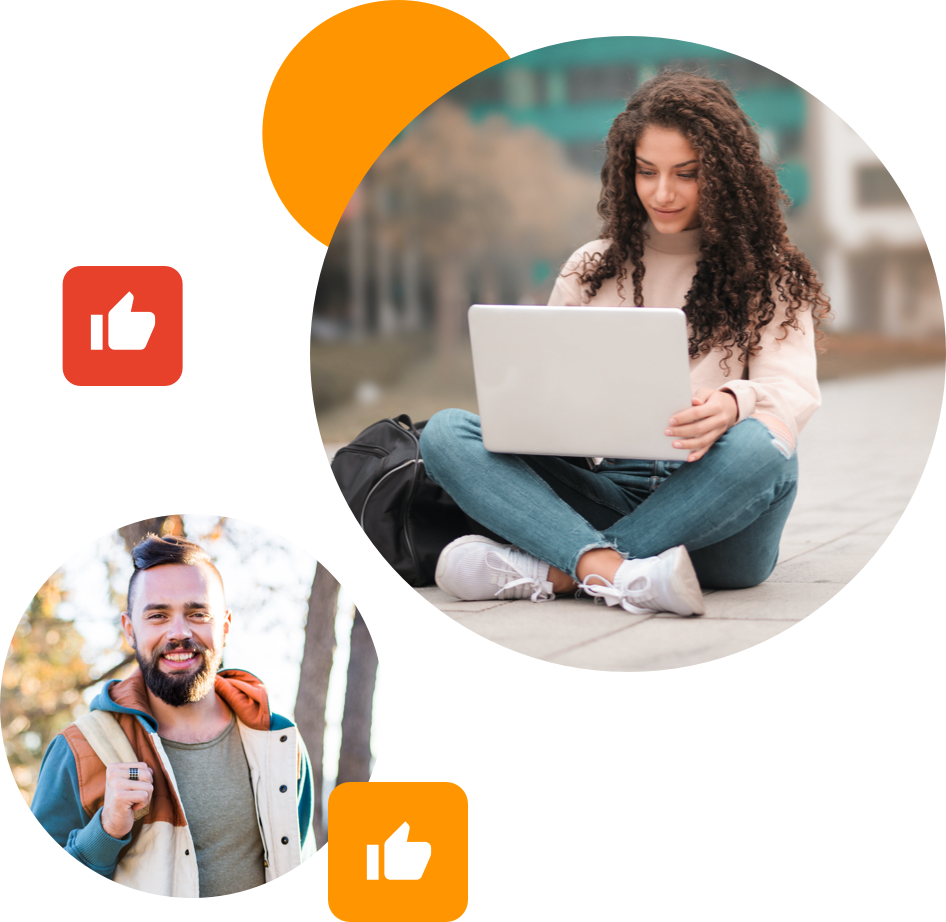
Case Studies Contents:
Empowering Students to Learn and Develop
London South Bank University is a leading university in Southwark, London.
We spoke to Danny Clegg, Digital lead for the Institute of Health and Social Care, about how the University’s First-Year Allied Health students used VEO to empower their own learning and development.
A New Approach for a New Generation of Learners
Danny explained to us how, before using VEO, he’d experienced challenges in getting first year students to collaborate with each other.
“These students had spent the last year or so of their lives in lockdown, learning remotely, and speaking and collaborating digitally. And now they’d joined a new course with people they’d never met, and were being asked to work together on group projects. So naturally, there are people who had developed bad habits, and just sort of sat back and let others do the work. And this was one of the big things we needed to fix.”
Using AI to Improve Student Participation
Danny told us how he had used VEO with his first-year students to assess the verbal ‘possession time’ during group-work exercises. Specifically using VEO’s detailed AI possession charts and timeline to instantly get insights into various people’s participation.
“I gave students a small group task and got them to record themselves completing it. Then once they uploaded that video to VEO, I looked at the AI report to see who’s had the most possession, and found that often at least one team member hadn’t spoken at all. This allowed me to question them, and ask why the student(s) did not contribute, if there was something wrong, and what we can do to improve collaboration and ensure equal contribution. VEO is a really, really great tool for that!”
Student Satisfaction with VEO
While Danny didn’t make VEO a mandatory tool for his students, he did demonstrate the app, explained the benefits of the software, and purchased a licence to allow them to use it if they wished. Out of the 297 students who completed the year, 250 registered and used the platform for their self-reflection and group working, with a number of students personally highlighting the app in their final summative reflective reports.
“A number of [students] wrote about VEO in their reflective reports, talking about how it helped them with group work. And how they realised that maybe they weren’t participating enough or not speaking up, which they hadn’t noticed before.”
"By using the app, rewatching /relistening to themselves and looking at the AI, tags and comments, it helped them see what they were doing wrong, and they were able to self-direct towards improving. Then they would repeat this process for the next recordings, until they were happy with their performance.”
Danny Clegg
LSBU
Supporting Alternative Learning Styles
Danny also explained how he found success with suggesting VEO to visual learners and neurodivergent students.
“We have around 20% of students with accessibility needs, including disability, dyslexia or any of a range of neurodiverse conditions. So for them, being able to learn from video, and not just the traditional model of written feedback, is a huge benefit. Likewise, more visual learners can see how their skills can be applied to different situations, to solve different problems.”
VEO for improved performance
Danny’s first experience with VEO didn’t come at LSBU. He discovered the tool while teaching at the University of South Wales in Cardiff. Whilst there, he published a handful of studies in international chiropractic journals and conferences, including a mixed methods study on VEO’s effectiveness for the training of psychomotor skills, and presented at a world innovations panel.
“I found that the students who used VEO regularly for their own development, scored higher on their final Psychomotor Skills exam, almost across the board.”
Danny Clegg
LSBU
Future use
Finally, Danny explained that he plans to make VEO a compulsory part of his classes starting next year.
“The aim is to develop around 20% of the interprofessional learning module activities as case-based problem-solving using VEO and the tagging system."
Danny Clegg
LSBU
“The introduction of video reflections for students on clinical placements, was recently commended as excellent practice by the General Chiropractic Council.”
“This is ground-breaking, and for chiropractic students on placements, they can now use video reflection as part of their learning journey, and the placement providers and assessors can provide feedback using VEO “in-action”, instead of the traditional model of feedback at the end of actions, when there are often items that could have been explored earlier, and could have dramatically improved the experience for the students.”
“So that’s all ticked off, and some students have already started using VEO to complete this, so I’m looking forward to getting things moving across all years of learning soon!”
